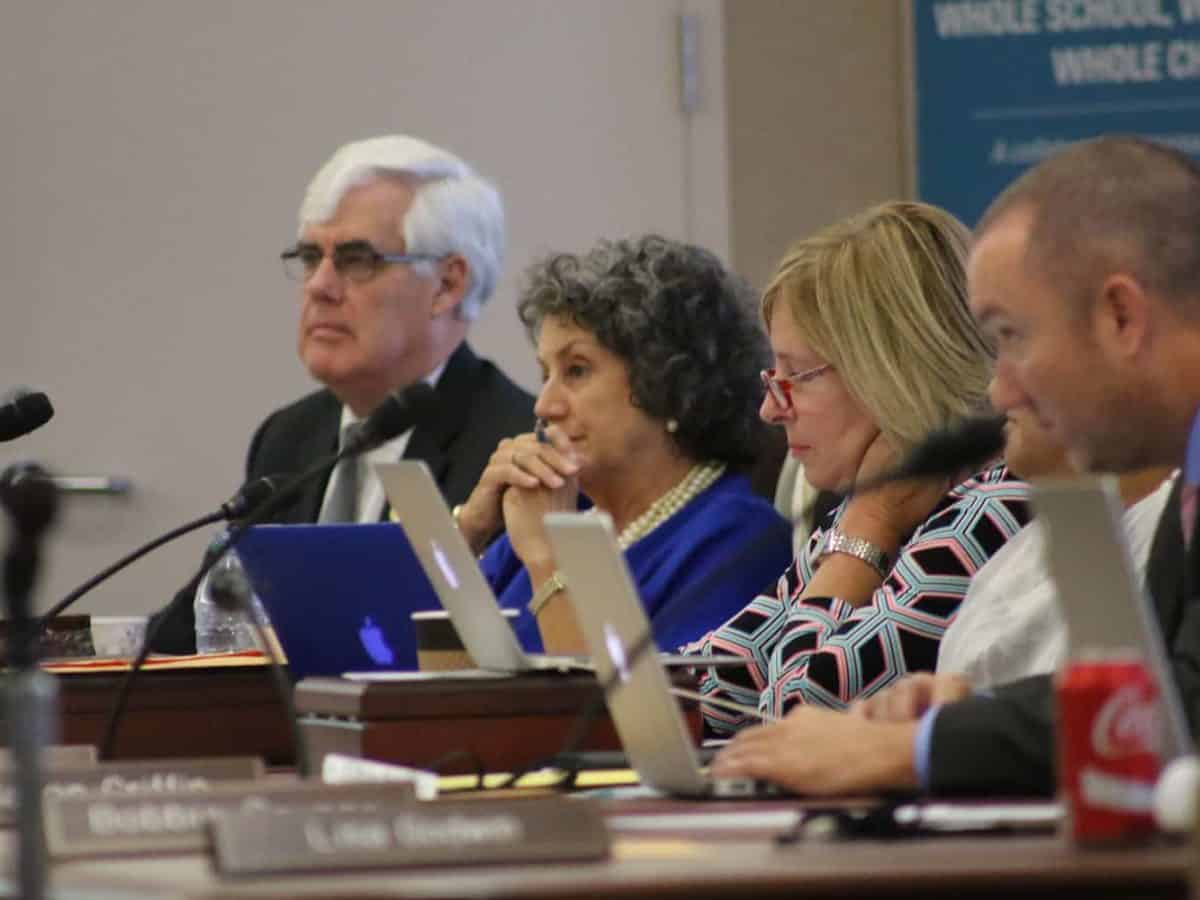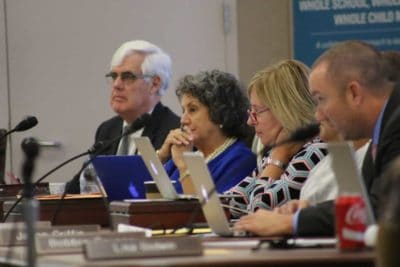

A testy, yet illuminating, debate has broken out over the new pay plan for North Carolina’s public school principals enacted earlier this year by the General Assembly. It is a debate over means, not the end; over details, not the goal of higher pay for high-quality educational leaders.
From the first week of its publication in early 2015 and since, my EdNC colleagues have focused attention on the state’s principal pay structure that had grown creaky over years of inattention by policymakers. Their reporting helped open the way to the work of education advocates and concerned lawmakers, who in turned enacted a $35.4 million appropriation in the 2017-18 budget.
While voting to spend more money on principals, legislators changed the method for determining each principal’s salary. Instead of determining compensation on years of service and on academic degrees earned, the new system would base principal pay on the performance of students, as measured by their scores on standardized tests. It is the new pay structure that has sparked debate (and you can read the details of that debate in Alex Granados’ reporting here). However the debate on details plays out, there are lessons to ponder over why such a post-legislative controversy erupted.
To be sure, it is not unusual for a new policy — in education as well as the whole range of public issues — to have a ragged launch, its flaws not fully evident until implementation is imminent. Lawmakers implicitly recognized this reality by adopting a provision that no principal would have a decline in pay for the next year. It is increasingly apparent that the General Assembly will face a decision next year on whether the newly enacted principal pay structure requires a major or minor do-over.
Still, the question arises as to why a public debate over which principals would gain or lose under the new salary structure broke out with such force after the budget was enacted, not before or during the legislative session. Yes, the legislature had convened a study committee to examine the pay structure in 2016. And yet, at their meeting several days ago, members of the State Board of Education voiced concern and voted to instruct the Department of Public Instruction to develop an analysis for the legislature on the “unintended consequences’’ of the new salary system.
The episode illuminates an element of dysfunction in the state’s education policy apparatus. It is not that the state board and the legislature should necessarily lock arms and agree on all issues. After all, as public institutions, schools exist in a political arena — and an especially contentious arena at the moment. But the governor’s administration, lawmakers, board members, education advocates, teachers and principals ought to have at least some common knowledge around which to debate and forge decisions.
It is also not unusual for leaders of each political party to strive to put their own stamp on education policy — and school administrators and teachers regularly have to adjust to shifts in policy. In alliance with Democratic legislators, Governors Jim Hunt, Mike Easley, and Bev Perdue largely shaped education budgets and policies over a 20-year period.
Since Republicans seized control of the legislature in the 2010 election, GOP legislative leaders have enacted, with discipline and determination, a distinctively different education agenda. The principal pay matter fits a pattern of an initiative launched, followed by a debate and reassessment.
Early on, the Republican majority dismantled the Teaching Fellows program, a characteristically Democratic initiative, designed to entice some of the best and brightest college students into teaching. More recently, Republicans enacted their own somewhat similar program to offer scholarships to college students who would agree to teach science, technology, math or special education.
Both Democrats and Republicans have agreed on the benefits of reducing the size of classes, especially in the early grades. A Republican majority enacted a plan for a substantial reduction in class sizes. They adopted a good idea, while appropriating funds for teacher allotments in such a way that has local officials considering cutbacks in art, music and physical education to make room for more, smaller classes. With state action having placed an unanticipated burden on local schools, this issue, too, is likely to return to the legislative agenda next year.
In each of these policy initiatives, the Republican majority responded to real needs — to reinvigorate the teacher pipeline with high-quality talent, to create classroom settings that give teachers more one-on-one engagement with young students learning to read and figure, and to offer compensation conductive to attracting education leaders skilled in elevating student achievement. But these policy initiatives have also led to key unresolved questions:
What is the future for art, music, and physical education? Does the principal pay plan do enough to encourage strong education leaders to run smaller schools in rural towns and schools with large enrollments of children from low-income families? In an array of policies, does the state put too much emphasis on test scores in determining the quality of schools, principals, and teachers?
Teachers and principals should be brought into the conversation over such questions. The dispute over the details of principal compensation should offer the lesson that the state needs more conversation and thinking — and debating — before the adoption of big shifts in policy.


